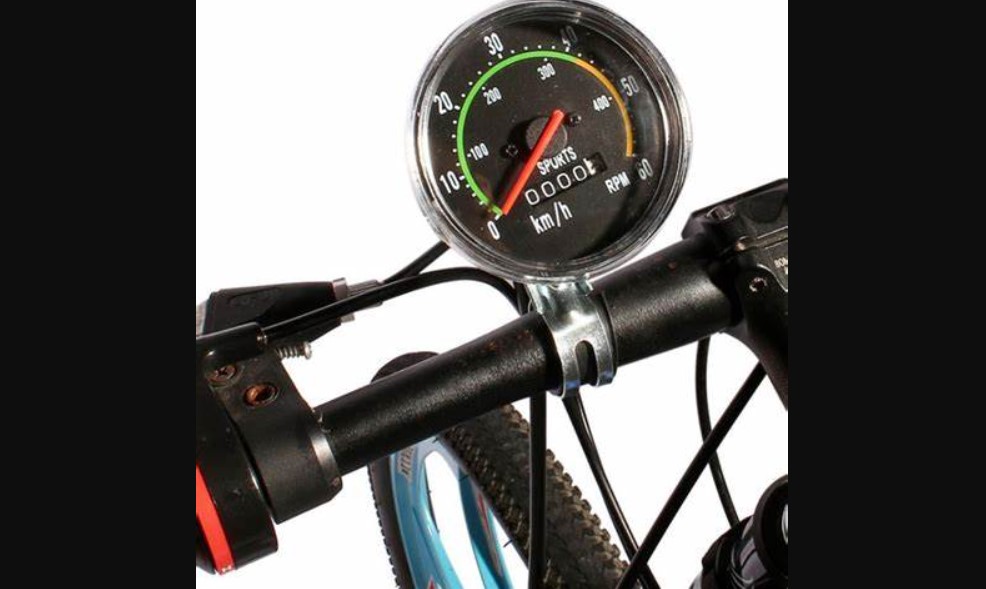“ODO” on a bike stands for “odometer,” which is a device used to measure the distance a bike has traveled. It displays the total mileage accumulated over time, helping cyclists track their rides and maintenance schedules.

Understanding ODO (Odometer) on a Bike
An odometer, often abbreviated as ODO, is a common feature found on many bicycles.
It functions similarly to the odometer in a car, measuring the distance the bike has traveled in terms of miles or kilometers.
The ODO reading provides valuable information to cyclists about their rides, helping them keep track of their mileage for various purposes.
Key Functions and Benefits of Odometer
Mileage Tracking: The primary function of the ODO is to track the total distance a cyclist has covered. This information is useful for setting goals, monitoring training progress, and planning routes.
Maintenance Intervals: ODO readings can help cyclists schedule maintenance tasks. Regular maintenance is essential for keeping the bike in optimal condition, and knowing the distance ridden can help determine when certain maintenance tasks are due, such as lubricating the chain or replacing brake pads.
Ride Analysis: Cyclists who want to analyze their performance can use the ODO readings to calculate average speeds, total ride duration, and other metrics. This data is particularly valuable for competitive riders and those focused on improving their cycling abilities.
Touring and Commuting: For cyclists who use their bikes for commuting or long-distance touring, the ODO reading provides a record of the distances traveled over time. This information can be helpful for planning routes and estimating travel times.
Motivation: Watching the ODO reading increase over time can be a motivating factor for cyclists. It reflects their dedication to cycling and serves as a visual representation of their accomplishments.
Types of Odometers
There are different types of odometers available for bikes, including mechanical odometers that use gears and magnets to measure distance, as well as electronic odometers that utilize sensors and digital displays.
Some advanced cycling computers and GPS devices also feature odometer functions along with additional data-tracking capabilities.
Conclusion
The ODO reading on a bike’s odometer is a valuable tool that provides cyclists with essential information about their rides and distances covered.
Whether you’re a casual rider tracking your daily commutes or a competitive cyclist analyzing performance data, the ODO reading serves as a reliable and informative companion on your cycling journeys.